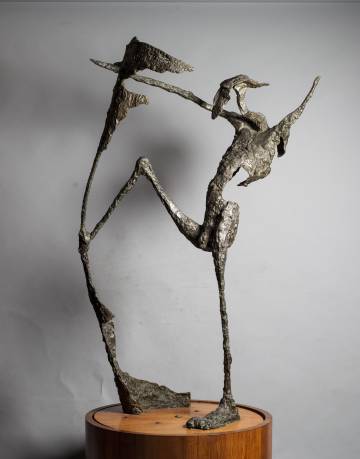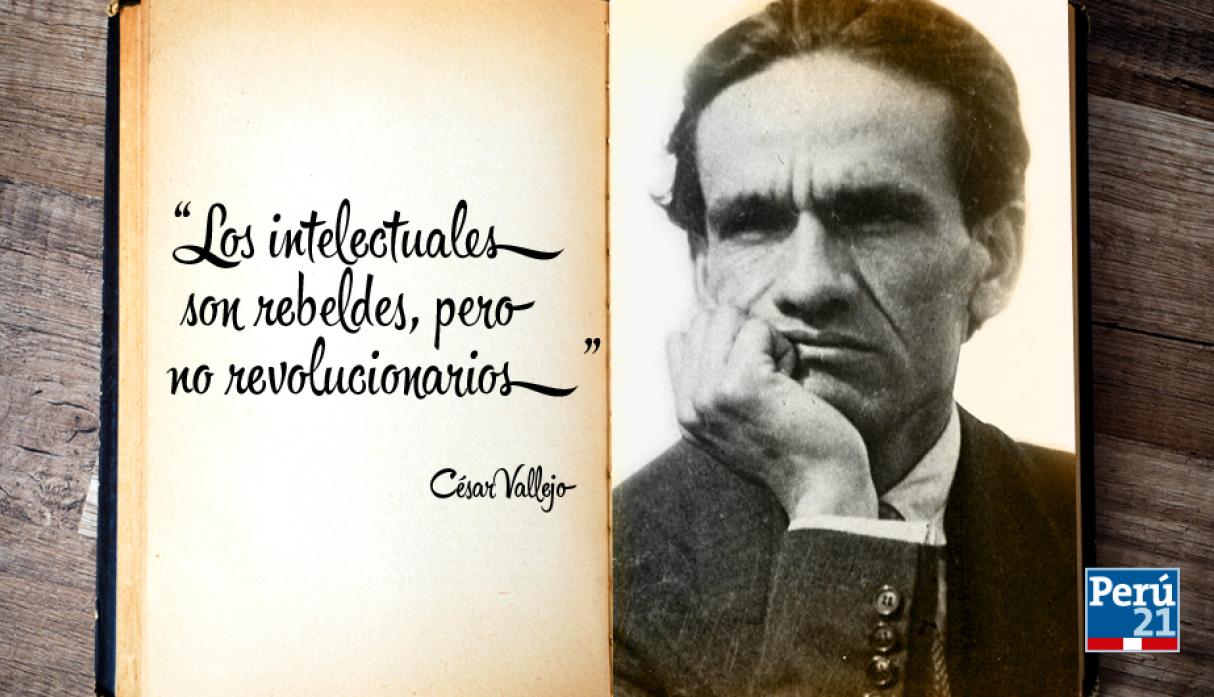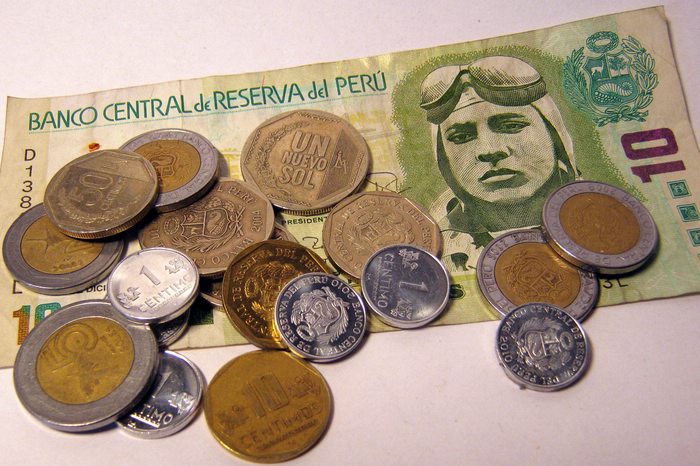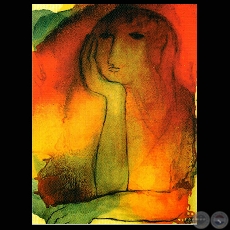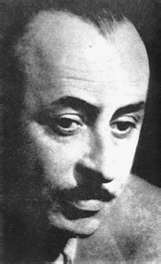I’m so
glad that fall is right around the corner. It’s my favorite season for many
reasons (and my birthday is just one of them). I’m looking forward for jacket
weather again and apple cider and not sweating and high school football and
Halloween and local festivals (I’ve got Scottish Highlander Games and Oktober
Fests lined up on my calendar so far). It’s a busy time, but it’s all good.
 |
| I'm looking forward to snacking on these for breakfast. |
And
that brings me to the food of Peru. The first thing I’m making is Pan de Anis,
or anise seed bread. I am using ground anise seed, so I skipped the parts on
preparing the seeds. I took 1 ½ c of really hot water and 1 ½ Tbsp of ground
anise seed, 1/3 c of sugar and one packet of yeast and mixed it altogether.
Then I added in 2 c of flour and ¼ c of shortening, and 1 ½ tsp of salt and
stirred until it came together as a dough, kneading it until it’s smooth. However,
for some reason, this just wouldn’t set up like a dough should be. I emptied
all my flour on it, and it was still too elastic. So, I just let it sit for an
hour anyway. After this time was up, I looked at my dough as it did nothing for
the past hour, and I had to use some left over spelt flour in order to combat
its stickiness. Breaking it into golf ball-size pieces, I placed them on my
baking sheet to rest for another 5 minutes. I was supposed to flatten each
ball, roll it up like a crescent and twist it into a spiral, but this dough and
I had to come to a realization that this just wasn’t in the bag. So, I brushed
it with an egg wash and let them rise for another half hour. Then I baked them
at 375ºF for about 15 minutes until they were golden brown. I’m not quite sure
what I thought of these. The anise part was more subtle than I thought (but I
ended up only using 1 Tbsp because that’s all I had left), and I think the
spelt flour may have made a difference in how it cooked up. But regardless, I
thought they weren’t that bad, albeit a little on the blander side than I
imagined they would be.
 |
| All of my favorite things. I did cut back on the amounts of vinegar. |
My
main dish today is Lomo Saltado. I took a package of crinkle-cut French fries
and made them according to the directions. Then I used pre-sliced carne asada
meat (in lieu of beef tri-tip) and sautéed it in a little oil with some salt
and pepper. Once it was cooked, I removed it from the skillet, and then fried
my onions in the same skillet. When the onions started to look transparent, I
stirred in my tomatoes that I cut into strips. Once the tomatoes softened, I
poured in my white vinegar (I actually used red wine vinegar) and soy sauce,
and added my French fries and beef back in to cook for another 3 minutes. I
garnished this with a little parsley. I thought this was the best. It’s almost
like a deconstructed hamburger and fries. Everyone seemed to like this.
 |
| This is my first experience ever with eating quinoa. I actually liked it. |
To go
with this, I also made Quinoa and Asparagus. I just felt that I couldn’t cover
Peru and Andean cooking and not have quinoa. For this, I started by cooking
down my onion and carrot in some butter for a few minutes, then I stirred in my
boxed quinoa and let it cook for just a minute. Then I poured in 1 c of hot
chicken broth over it and added in my seasoning packet and cooked uncovered
until all of the liquid was absorbed. At this point, I stirred in some canned asparagus,
reducing the heat and letting it simmer for another 10-15 minutes. I had to
check on the broth levels so I don’t burn it all up like I usually do. When the
grains are soft, I put in some Parmesan cheese, a little marjoram, and parsley.
I liked this, even though I’m pretty sure this is the first time I’ve ever had
quinoa. Clean eaters and hipsters have brought this grain to my attention, and
I found this box at Aldi (I got the roasted red pepper and basil version, and
this one was a quinoa-brown rice mix). I’m not sure that the kids enjoyed it as
much, but they’re just gonna have to deal with it, because I’m buying more of
these.
 |
| Overall, I thought this was a pretty good meal. I tried making a ceviche, but it didn't quite turn out. I'll check on it tomorrow. |
As I
read through a lot of articles and looked at pictures of Peru this past week,
I’m convinced that I really would like to visit. As a foodie, Lima is one of
those cities I believe I’ve underestimated in the past and has risen in my
Bucket List of cities to visit. I believe I would just end up eating at every
restaurant during the entire trip, though. They might have to bar me from the
plane for exceeding the gross weight limit and force me to ride on a cargo ship
back to the US. But maybe I can take a quick jog through the mountains. If I
don’t turn them into hills after I'm done.
.jpg)



